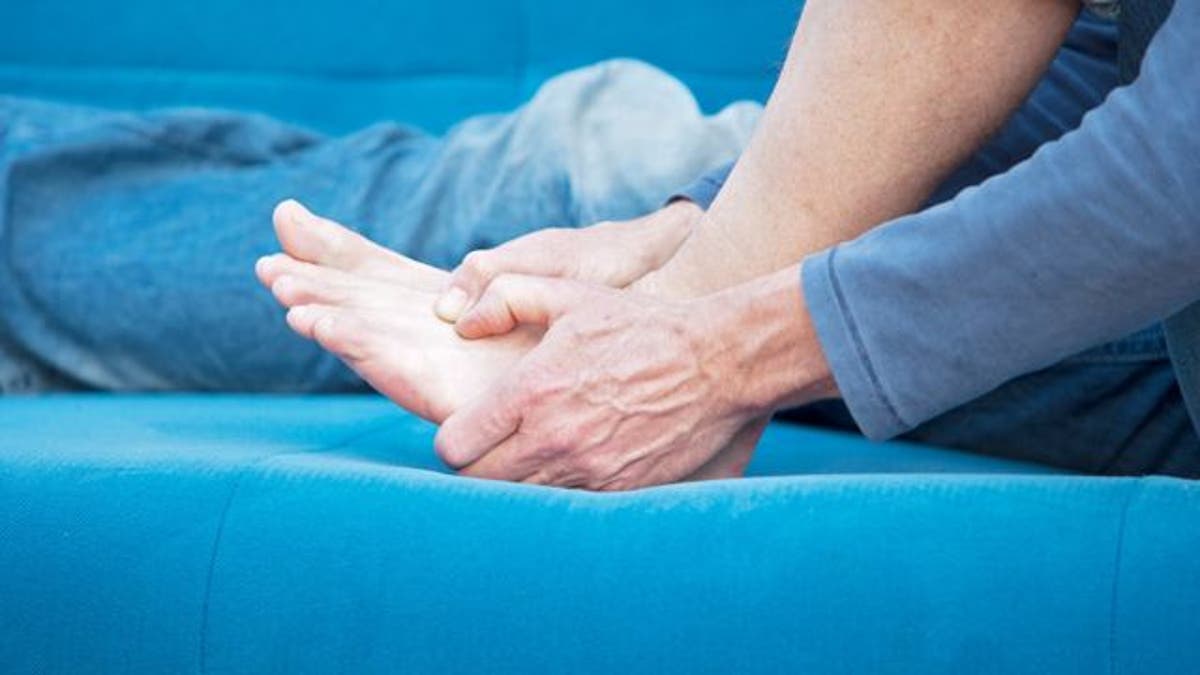
For adults over age 65 with disabling foot pain, being fitted for off-the-shelf extra-depth footwear reduced pain and improved function, according to a new study.
This type of footwear is often marketed to people with diabetic foot ailments, for whom Medicare – the U.S. government health insurance program for people over 65 - will cover most of the cost of the shoes.
The structure and function of the foot changes significantly with age regardless of diabetes status, said lead author Hylton B. Menz of the Lower Extremity and Gait Studies Program in the School of Allied Health at La Trobe University in Melbourne, Australia.
“With advancing age, there is a general tendency for the foot to exhibit increased soft tissue stiffness, decreased range of motion, decreased strength, and a more pronated posture, and to function in a more pronated position with reduced range of motion and less efficient propulsion when walking,” Menz told Reuters Health by email.
A pronated foot has more weight on the inside edge of the foot, rather than evenly distributed, which can give the appearance of the ankles bending slightly toward each other.
In addition, many older people wear ill-fitting shoes that don’t accommodate the changed shape of their feet, he said.
He and his coauthors had 120 men and women over age 65 with disabling foot pain answer a Foot Health Status Questionnaire and then divided them into two groups.
Those in the first group were individually fitted for extra-depth shoes, while those in the second group waited until the end of the study four months later to receive their shoes. Everyone continued to receive regular podiatry care.
Dr. Comfort, Orthofeet and Apis brand extra-depth shoes like those used in the study are available from online retailers in the U.S. for between $100 and $200 per pair.
The extra-depth footwear group were more likely to report their foot pain had moderately or markedly improved over the four month period and developed fewer keratotic lesions, like corns or calluses, than the comparison group.
Corns and calluses are common for older people; treating them accounts for up to 75 percent of a podiatrist’s workload, Menz said.
When the participants took the foot health questionnaire again, the special footwear group scored 11 points better for pain and 10 points better for function than the comparison group, according to the results in the Journal of Gerontology: Medical Sciences.
Patients considered that a worthwhile improvement, Menz said. And, surprisingly, it didn’t matter what the underlying cause of the foot pain was: extra-depth shoes seemed to help everyone who wore them.
“Many older people wear ill-fitting shoes, and we know that ill-fitting shoes are associated with foot problems,” he said.
Regular footwear is generally too shallow and narrow to accommodate bunions, hammertoes and clawtoes, so the friction that develops within the shoe leads to pain and reduced function, he said.
“Well-fitting footwear will prevent shoes pressing or rubbing against the sensitive areas of the foot including joints that have become arthritic,” said Professor Wesley Vernon, head of Podiatry Services and Research Lead at Jordanthorpe Health Centre in Sheffield, UK, who was not part of the new study.
Many patients may be reluctant to switch to “medical” footwear because of its appearance, the experts noted.
“Some research has shown that people, particularly women, don’t like the look of this extra deep and extra wide footwear and this is not age dependent,” said Anita Williams, senior lecturer in the School of Health Sciences at the University of Salford in the UK.
In her experience, many women prefer to wear pumps, she told Reuters Health by email.
Aside from trying new shoes, maintaining a healthy body mass index may help alleviate or prevent foot pain, Menz said.
“It is also important that older people with foot pain consult a podiatrist, particularly if they have diabetes or changing footwear does not alleviate symptoms,” he said.
